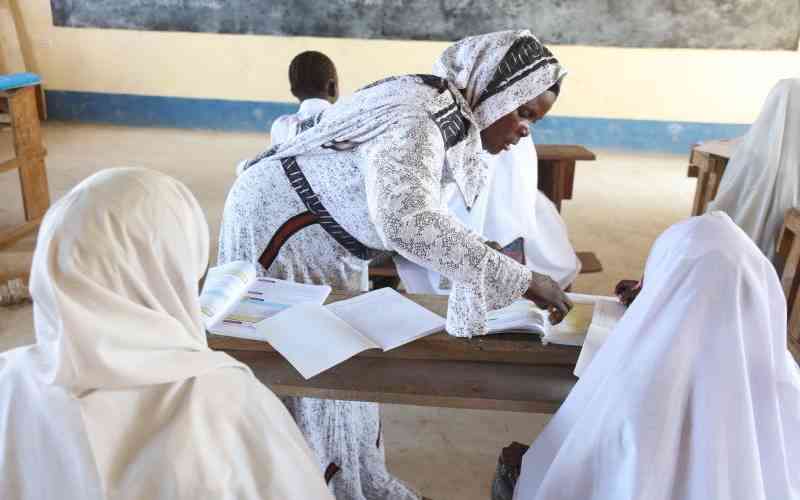×
The Standard e-Paper
Join Thousands of Readers

On a sunny Monday morning, Khadija is hurriedly escorted to school by Sadia, her mother.
The Grade Two pupil is not new at the school. She dropped out of school two years ago as she moved with her parents in search of pasture and water for their stock. Her family returned home in Bura, in Tana River County last year, only for floods to sweep away their house, killing their remaining stock.